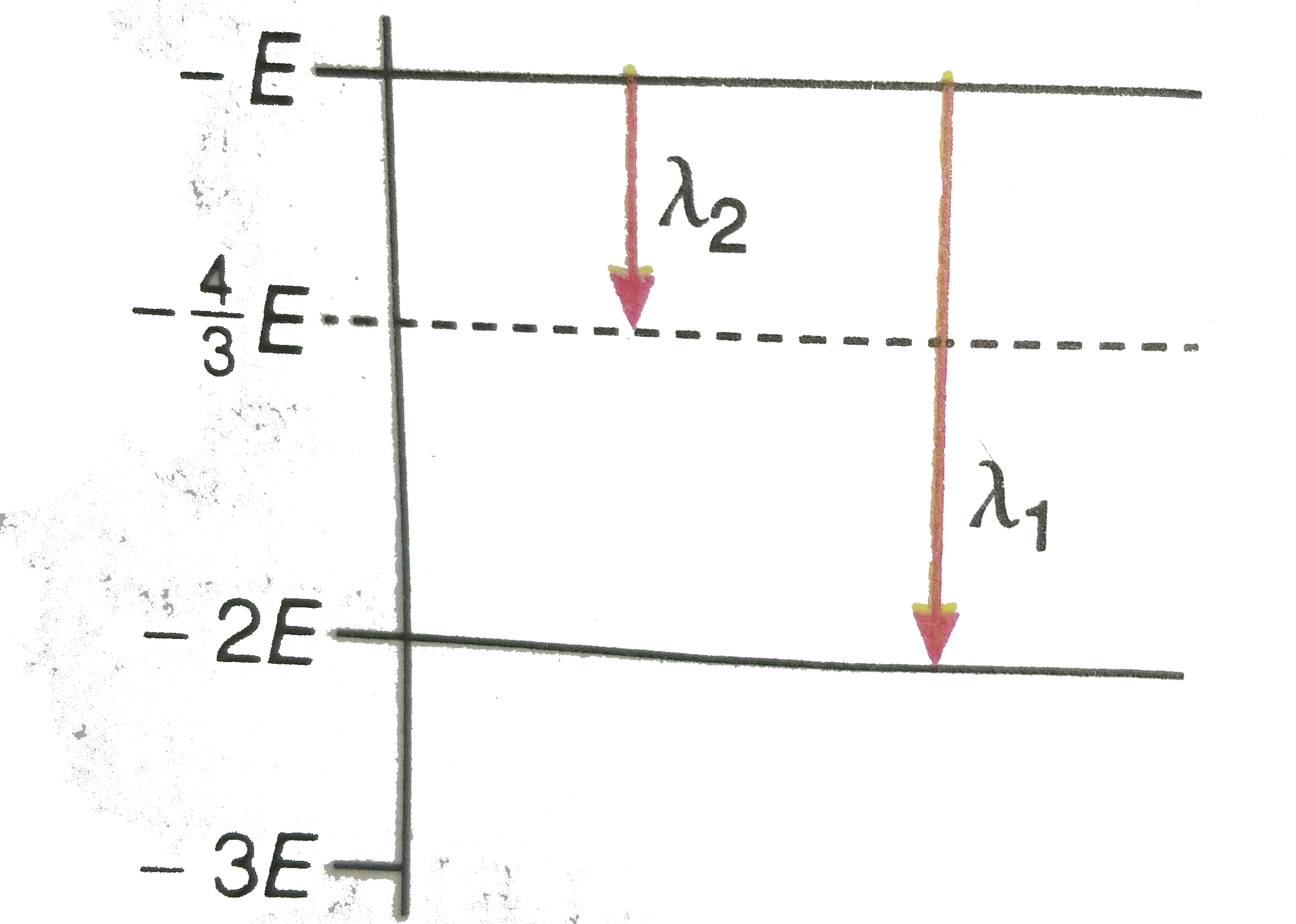A particle A of mass m and initial velocity v collides with a particle B of mass m2 which is at rest. The collision is head-on and elastic. The ratio of the Broglie wavelengths λA to λB after collision is
 Solution in Bengali
Solution in Bengali
λAλB=13
λAλB=2
λAλB=23
λAλB=12
Step by step video & image solution for A particle A of mass m and initial velocity v collides with a particle B of mass (m)/(2) which is at rest. The collision is head-on and elastic. The ratio of the Broglie wavelengths lambda_(A) to lambda_(B) after collision is by Physics experts to help you in doubts & scoring excellent marks in Class 12 exams.
Updated on:21/07/2023Topper's Solved these Questions
- QUESTION PAPER OF NEET 2017Book:CHHAYA PUBLICATIONChapter:QUESTION PAPER OF NEET 2017Exercise:QUESTION PAPERS OF (NEET) (2017)
Explore 39 Videos
- QUESTION PAPER OF NEET 2017Book:CHHAYA PUBLICATIONChapter:QUESTION PAPER OF NEET 2017Exercise:PART -B (SECTION-II )
Explore 2 Videos
- QUANTUM THEORYBook:CHHAYA PUBLICATIONChapter:QUANTUM THEORYExercise:CBSE Scanner
Explore 29 Videos
- QUESTION PAPER OF NEET 2018Book:CHHAYA PUBLICATIONChapter:QUESTION PAPER OF NEET 2018Exercise:QUESTIONS
Explore 58 Videos
Similar Questions
A molecule of a substance has permanent dipole moment p. A mole of this substance is polarised by applying a strong electrostatic field E. The direction of the field is suddenly changed by an angle of 60∘. If N is the Avogadro's number the amount of work done by the field is
View SolutionWhat will be the change in focal length f of a concave mirror when immersed in a liquid of refractive index n?
View SolutionDefine the terms (i) 'cut-off voltage' and (ii) 'threshold frequency' in relation to phenomenon of photoelecric effect.
Using Einstein's photoelectric equation show how the cutt-off voltage and threshold frequency for a given photosensitive material can be determined with the help of a suitable plot/graph.
View SolutionIt is found that if a neutron suffers an elastic collinear collision with deuterium at rest, fractional loss of its energy is pd, while for its similar collision with carbon nucleus at rest, fractional loss of energy is pc. The values of pd and pc are respectively
View SolutionA particle A of mass m and initial velocity v collides with a particle of mass m/2 which is at rest. The collision is head on, and elastic. The ratio of the de-broglie wavelength λAandλB after the collision is
View SolutionA particle of mass m moving with velocity vecV makes a head on elastic collision with another particle of same mass initially at rest. The velocity of the first particle after the collision will be
View Solutionद्रव्यमान m एवं प्रारम्भिक वेग v के एक कण A की टक्कर द्रव्यमान m2 के स्थिर कण B से होती है । यह टक्कर सम्मुख एवं प्रत्यावस्था है । टक्कर के बाद दी-ब्रोगली तरंगदैर्घ्यों λA से λB का अनुपात होगा :
View Solutionद्रव्यमान m एवं आरम्भिक वेग υ के एक कण -A की टक्कर द्रव्यमान m/2 के स्थिर कण -B से होती है । यह टक्कर सम्मुख एवं प्रत्यास्थ है । टक्कर के बाद डी - ब्रॉग्ली तरंगदैर्घ्य λA एवं λB का अनुपात होगा :
View SolutionA particle A of mass m and initial velocity v collides with a particle of B of mass m/2 which is at rest. The collision is head-on and elastic. The ratio of the de Broglie wavelengths lamda_(A) "to" lamda_(B) after collision is
View SolutionA particle of mass 3 m at rest decay Into two particles of masses m and 2m having non-zero velocities. What is the ratio of the de-Broglie wavelengths of the particle (lambda_(1)//lambda_(2)) .
View SolutionA moving particle of mass m makes a head on elastic collision with a particle of mass 2 m which is initially at rest. What fraction of energy of the colliding particle is lost after collision ?
View SolutionA particle A of mass m and initial velocity v collides with a particle of mass m/2 which is at rest. The collision is head on, and elastic. The ratio of the de-broglie wavelength λAandλB after the collision is
View SolutionA moving particle of mass .m. makes head-on elastic collision with a particle of mass 2m. which is initially at rest. What is the fraction of K.E. lost by colliding particle ?
View SolutionA particle of mass m moving with velocity u collides elastically with a particle of mass 3m at rest. After collision the heavier particle moves with velocity.
View SolutionA particle of mass m moving with velocity v is collide with a stationary particle of mass 2 m . The speed of the system , after collision will be ……….
View SolutionA moving particle of mass 'm' makes head-on elastic collision with a particle of mass '2m' which is initially at rest. The fraction of K.E. lost by colliding particle is
View Solution